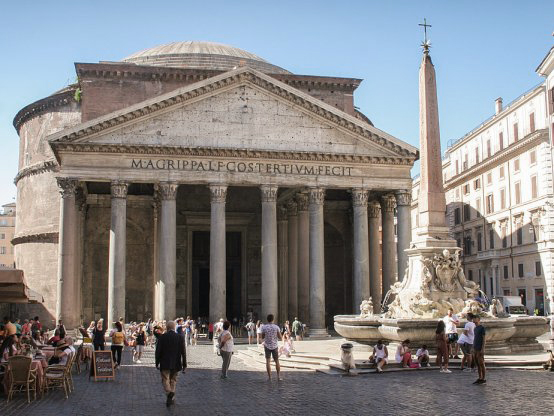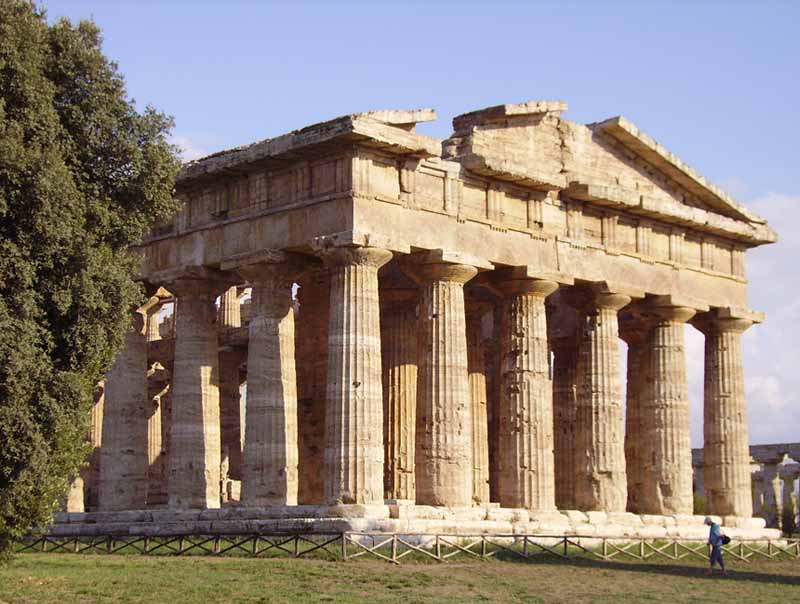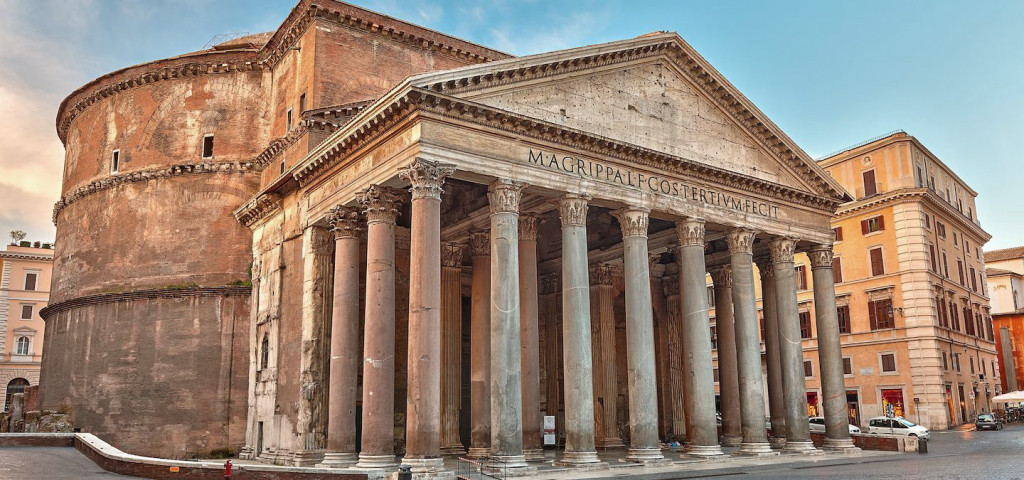Introduction
The Allure of Ancient Rome
Ancient Rome has long held a captivating allure, its legacy shaping the modern world in countless ways. From its sophisticated laws and government to its engineering marvels and artistic masterpieces, Rome’s influence continues to resonate today.
In the midst of the remnants of the Roman Realm, its sanctuaries stand as getting through demonstrations of its compositional ability and profound convictions. These wonderful designs, when clamoring focuses of love and local area, presently offer guests a brief look into the rich and complex universe of old Rome.
The Significance of Roman Temples
Roman sanctuaries assumed an imperative part in Roman culture. They were consecrated spots of love, yet in addition filled in as metro focuses, gathering spots, and, surprisingly, financial centers. Sanctuaries were likewise frequently used to remember triumphs, honor divinities, and celebrate significant celebrations.
Roman temples were also significant architectural achievements. Their sophisticated designs and innovative construction techniques reflected the empire’s mastery of engineering and design. Roman temples were also adorned with exquisite sculptures, frescoes, and other works of art, making them some of the most visually stunning structures of the ancient world.

The Origins of Roman Temples
Etruscan Influences
The earliest Roman temples were heavily influenced by the Etruscans, a neighboring civilization that played a significant role in Rome’s development. Etruscan temples were typically rectangular structures with a raised platform and a portico of wooden columns.
Architectural Evolution
Over time, Roman temples evolved to incorporate elements from other cultures, including the Greeks and Egyptians. Roman architects also experimented with new materials and construction techniques, resulting in increasingly complex and ambitious designs.
By the Imperial Era, Roman temples had reached a pinnacle of architectural excellence. The largest and most impressive temples were built in the capital city of Rome, but temples could be found throughout the empire, from Britain to North Africa.
Design and Architecture
Classic Temple Design
Most Roman temples followed a basic design, consisting of a rectangular cella (inner chamber) and a portico (front porch) supported by columns. The cella was typically the largest space in the temple and housed the cult statue of the deity worshipped there. The portico was a place where worshippers could gather and make offerings.
Regional Variations
While most Roman sanctuaries followed a fundamental plan, there was some local variety. For instance, sanctuaries in the eastern regions of the domain frequently highlighted more lavish plans and designs. Sanctuaries in the western regions, then again, were bound to be implicit a more grave style.
Iconic Temples
Some of the most iconic Roman temples include:
- The Pantheon in Rome: This great sanctuary, committed to every one of the divine beings, is quite possibly of the best-safeguarded Roman structure on the planet. It is known for its monstrous vault, which is as yet the biggest unreinforced substantial arch on the planet.
- The Sanctuary of Jupiter in Rome: This immense sanctuary was the biggest and most significant sanctuary in old Rome.It was dedicated to Jupiter, the king of the Roman gods.
- The Maison Carrée in Nîmes, France: This well-preserved temple is one of the finest examples of Roman architecture in the western provinces. It is dedicated to Marcus Agrippa, a close friend and advisor of Emperor Augustus.
Materials and Construction
Stone, Marble, and Concrete
Roman temples were typically built using stone, marble, and concrete. Stone was used for the foundation and lower walls, while marble was used for the upper walls and columns. Concrete was used to fill in gaps and create vaults and arches.
Artisans and Builders
Roman temples were built by skilled artisans and builders. These workers were responsible for everything from quarrying the stone to carving the intricate sculptures. Roman architects also played a vital role in the design and construction of temples.
Temples Across the Empire
Sanctuaries were worked all through the Roman Realm, from England to North Africa. The biggest and most great sanctuaries were underlying the capital city of Rome, yet sanctuaries could be tracked down in even the littlest towns and towns.
Spiritual Significance
Polytheistic Beliefs
The Romans were polytheistic, implying that they venerated various divine beings and goddesses. Every sanctuary was devoted to a particular god, and admirers would come to supplicate, make contributions, and partake in ceremonies.
Role in Roman Religion
Sanctuaries assumed a focal part in Roman religion. They were spots of love, yet in addition filled in as city focuses and assembling places. Sanctuaries were likewise frequently used to remember triumphs, honor divinities, and celebrate significant celebrations.
Temple Rituals and Festivals
A variety of rituals and festivals were held at Roman temples throughout the year. Some of the most important rituals included sacrifices, prayers, and libations.
Engineering Marvels
Dome Construction
The Romans were experts of arch development. Their sanctuaries frequently highlighted gigantic vaults, like the Pantheon in Rome. Roman vaults were constructed utilizing different strategies, including the utilization of cement and block. Roman arches were likewise frequently designed with complicated mosaics and frescoes.
Aqueducts and Plumbing
Many Roman temples were also equipped with aqueducts and plumbing systems. This allowed temples to have running water for both practical and ritual purposes. For example, water was used to cleanse the temple and worshippers, as well as to make offerings to the gods.
Innovations in Engineering
The Romans made a number of innovations in engineering that were used to build their temples. For example, they developed new techniques for transporting and lifting heavy materials. They also developed new types of concrete that were stronger and more durable than previous types.
Temples and the Roman Cities
Urban Planning
Temples were often central features of Roman cities. They were typically located in the heart of the city, near the forum and other important public buildings. This placement reflected the importance of temples in Roman society.
Temples as Urban Focal Points
Sanctuaries likewise filled in as significant central focuses in Roman urban areas. They were spots where individuals could accumulate to mingle, love, and take part in community occasions. Sanctuaries were likewise frequently used to organize public exhibitions, like plays and gladiatorial challenges.
The Role of Patronage
Wealthy Benefactors
The construction of Roman temples was often funded by wealthy individuals. These patrons would donate money or materials to build temples in order to gain prestige, curry favor with the gods, or commemorate a special event.
Commemorative Temples
Numerous Roman sanctuaries were worked to celebrate significant occasions, like triumphs in fight or the introduction of a head. These sanctuaries filled in as tokens of Rome’s power and brilliance, and they likewise assisted with encouraging a feeling of community pride.
Emperor Worship
In the Magnificent Time, sanctuaries were likewise used to advance the love of the ruler. The ruler was viewed as a divine being like figure, and sanctuaries were worked to respect him and his loved ones.
Temples and Art
Sculptures and Frescoes
Roman sanctuaries were frequently enhanced with dazzling models and frescoes. These masterpieces portrayed different subjects, including gods, legends, and legendary animals. Roman sanctuary craftsmanship additionally served to instruct and motivate admirers.
Temples as Art Galleries
A few Roman sanctuaries were likewise utilized as workmanship displays. These sanctuaries housed assortments of sculptures, canvases, and different masterpieces from everywhere the domain. Sanctuaries as craftsmanship exhibitions were a way for the Romans to show their riches and social complexity.

Temples Through Time
The Republican Era
During the Republican Era (509-27 BC), Roman temples were typically smaller and more modest in design. They were also more influenced by Etruscan architecture than by Greek architecture.
The Imperial Era
The Supreme Period (27 BC-476 Promotion) was a period of extraordinary success and extension for the Roman Domain. During this period, Roman sanctuaries expanded and more intricate in plan. They likewise consolidated additional components from Greek engineering.
The Decline and Transformation
With the downfall of the Roman Realm in the fifth century Promotion, numerous Roman sanctuaries were deserted or annihilated. A few sanctuaries were changed over into chapels, while others were just passed on to destroy.
Conclusion
The Timeless Elegance of Roman Temples
Notwithstanding the progression of time and the assaults of war, Roman sanctuaries stay the absolute most great and moving designs on the planet. Their immortal style is a demonstration of the expertise and inventiveness of Roman modelers and developers.
The Ongoing Quest for Knowledge
Roman temples continue to fascinate and inspire scholars today. Archaeologists are constantly learning more about the construction, design, and use of Roman temples. Art historians are also studying the rich artistic legacy of Roman temple art.
FAQs
What were Roman temples called?
Roman temples were called a variety of names, including aedes, templum, and fanum. The most common term was templum, which comes from the Latin word for “to cut out.” This refers to the ritual of consecrating a temple site by marking it out with a plow.
What did Romans do in temples?
The Romans did different things in sanctuaries, including revering the divine beings, making contributions, partaking in customs, and going to celebrations. Sanctuaries were additionally utilized for community occasions, like gatherings and congregations.
What was the first Roman temple?
The primary Roman sanctuary was reasonable inherent the seventh century BC and committed to Jupiter, the lord of the Roman divine beings. This sanctuary was situated on the Capitoline Slope in Rome and was the biggest and most significant sanctuary in the city.
What shape were Roman temples?
Most Roman temples were rectangular, but there were also some circular temples. Rectangular temples were typically wider than they were deep, and they had a portico (front porch) supported by columns. The portico led to the cella (inner chamber), which housed the cult statue of the deity worshipped at the temple.
What were the different types of Roman temples?
There were a wide range of sorts of Roman sanctuaries, which were characterized by their size, number of segments, and different highlights. The absolute most normal sorts of Roman sanctuaries include:
- Peripteral temples: These temples had a single row of columns on all four sides.
- Prostyle temples: These temples had a single row of columns on the front side only.
- Pseudoperipteral temples: These temples had engaged columns on the sides and rear, but the columns were attached to the walls and did not support the roof.
- Monopteral temples: These temples were circular and had a single row of columns around the perimeter.
What is the legacy of Roman temples?
Roman sanctuaries significantly affect design and culture all through the world. Their plan and development procedures have been replicated and adjusted by engineers for quite a long time. Roman temples have also inspired artists, writers, and poets for generations. Today, Roman temples continue to be a popular tourist destination. Visitors can admire their timeless elegance and learn about the rich history and culture of the Roman Empire.

